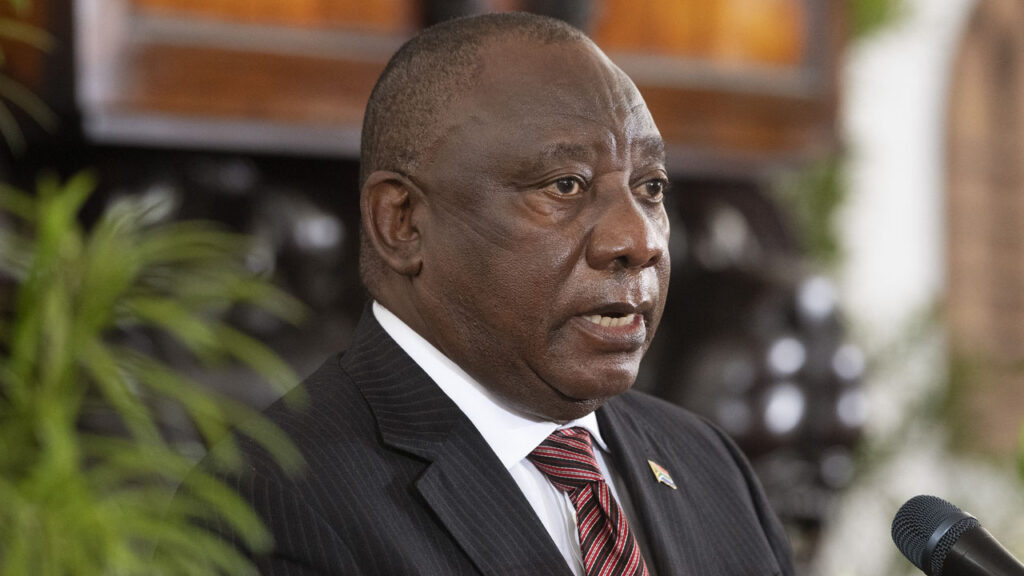
That Nigeria is among few countries in the world that are still reporting cases of leprosy in the twenty-first century reveals that leprosy has been endured so much and relegated to the background in the politics of national healthcare policies. But a malignant disease cannot be wished away.
Rather, considering the highly contagious and devastating nature of leprosy, it should be addressed frontally. The authorities responsible should do everything possible to contain what could degenerate into an epidemic. More so, given the current state of the world plagued by the COVID-19 pandemic, there are genuine fears that the battle to contain leprosy may be more difficult to win as all energy is directed at rolling back the rampaging COVID-19 pandemic.
It must be said, however, that there is an urgent need to draw up plans to fight leprosy. The Minister of State for Health, Dr. Olorunimbe Mamora, the other day, on World Leprosy Day, confirmed the looming danger that leprosy still remains a public health problem in Nigeria.
Beyond the public outcry, and the fact that the minister is stating the obvious, the clear negligence associated with cases of leprosy in the country should be critically examined. To a large extent, some factors such as inadequacy of medical facilities, high cost of drugs, sub-standard drugs and stigmatisation of patients could also be responsible for the increase in leprosy cases. Of course, these define the bizarre deficiency in the country’s health care sector. Under such circumstances, leprosy cannot but be deadly and infectious. And if left unchecked, given the poor health care facilities in the country, it could portend a clear danger for the society and neighbouring countries.
Already, anecdotal evidence from the National Leprosy review suggests that pockets of leprosy endemic can be traced in almost every state of the federation, aggravated by the fact that Nigeria is bordered by several countries and Nigerians do travel a lot. This is a clear signal for danger lurking around the corner and authorities concerned should wake up to their responsibilities to tackle the impending albatross.
There are serious fears about the signs and manifestation of leprosy. According to reports from experts, leprosy is painless ulcers, skin lesions of hypopigmented macules (flat pale areas of the skin) and eye damage (dryness, reduced blinking). Also, large ulcerations, loss of digits, skin nodules, and facial disfigurement may develop in the course of time. One of the ugly aspects of the disease, according to the Minister of State for Health, is the slow nature of the ailment as infected persons could ignorantly be spreading the disease. He noted that leprosy is a mildly infectious disease caused by a slow multiplying bacillus, Mycobacterium Leprae. The danger about this disease is that an infected person could be unaware as the incubation period is about five years. Unlike HIV/AIDS which takes about two to three years before blowing up to full AIDS infection, the leprosy symptoms can take as long as 20 years to manifest. Given the slow nature of the disease, the lack of notice exposes a healthy person who must have been in contact with someone with leprosy for months to be infected. Also, the disease could spread when a person suffering from leprosy coughs or sneezes and a healthy person repeatedly breathes in the infected droplets. To say the least, this is ominous.
The best way to prevent the spread of leprosy is by educating the population to prevent infection by the Mycobacterium leprae; as well as early diagnosis and treatment of people who are infected. This requires immediate recommendation by the Federal Government for annual examinations and this should be carried out at least every five years. The good news as pointed out by the minister is that all 774 Local Government Areas (LGAs) in the country have at least one Multi-Drug Therapy (MDT) clinic for the management of leprosy cases. Also, 25 referral/rehabilitation centres for affected leprosy patients have been established nationwide. Again, it must be noted that the provision of adequate health care facilities around the country is not enough, the human capacity and availability of genuine drugs cannot be over emphasised. Indeed, this is a matter of concern as proactive measures are expected from authorities to detect cases early enough before it degenerates.
Regrettably, Nigeria has not fared well in successfully executing lofty programmes. But, with the will and consistency of vision, it is possible to halt the spread of leprosy in the country. Indeed, everything should be done to ensure that the people’s hopes are not dashed. The collaboration between Nigeria and other countries that attained the year 2000 World Health Organisation (WHO) elimination target of less than one leprosy case per 10,000 population nationwide should be put to test in eradicating leprosy from the country. Also, with the financial backing of the World Health Organisation (WHO), the Federal Ministry of Health (FMoH), through the National TB, leprosy and Buruli Ulcer Control Programme (NTBLCP); and with the support of partners, Nigeria can through a sustained and committed effort to push back leprosy from the country.












